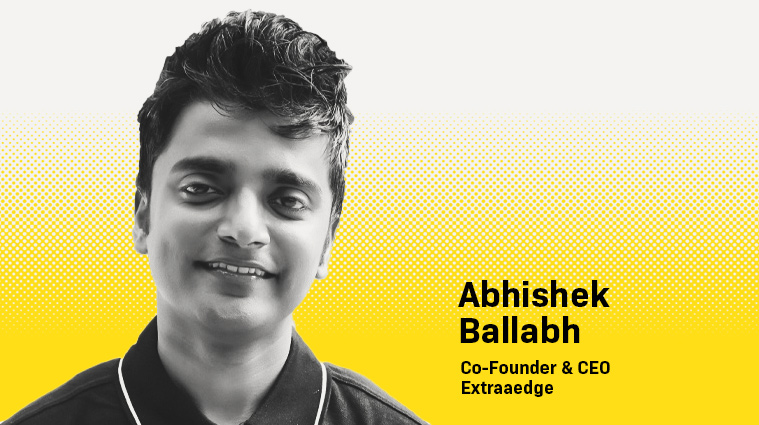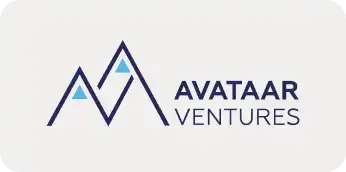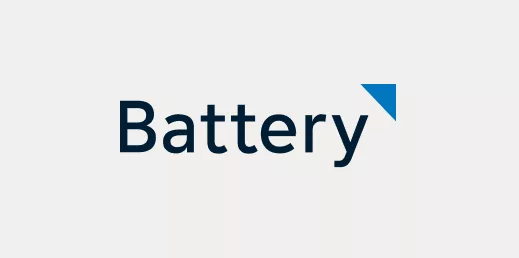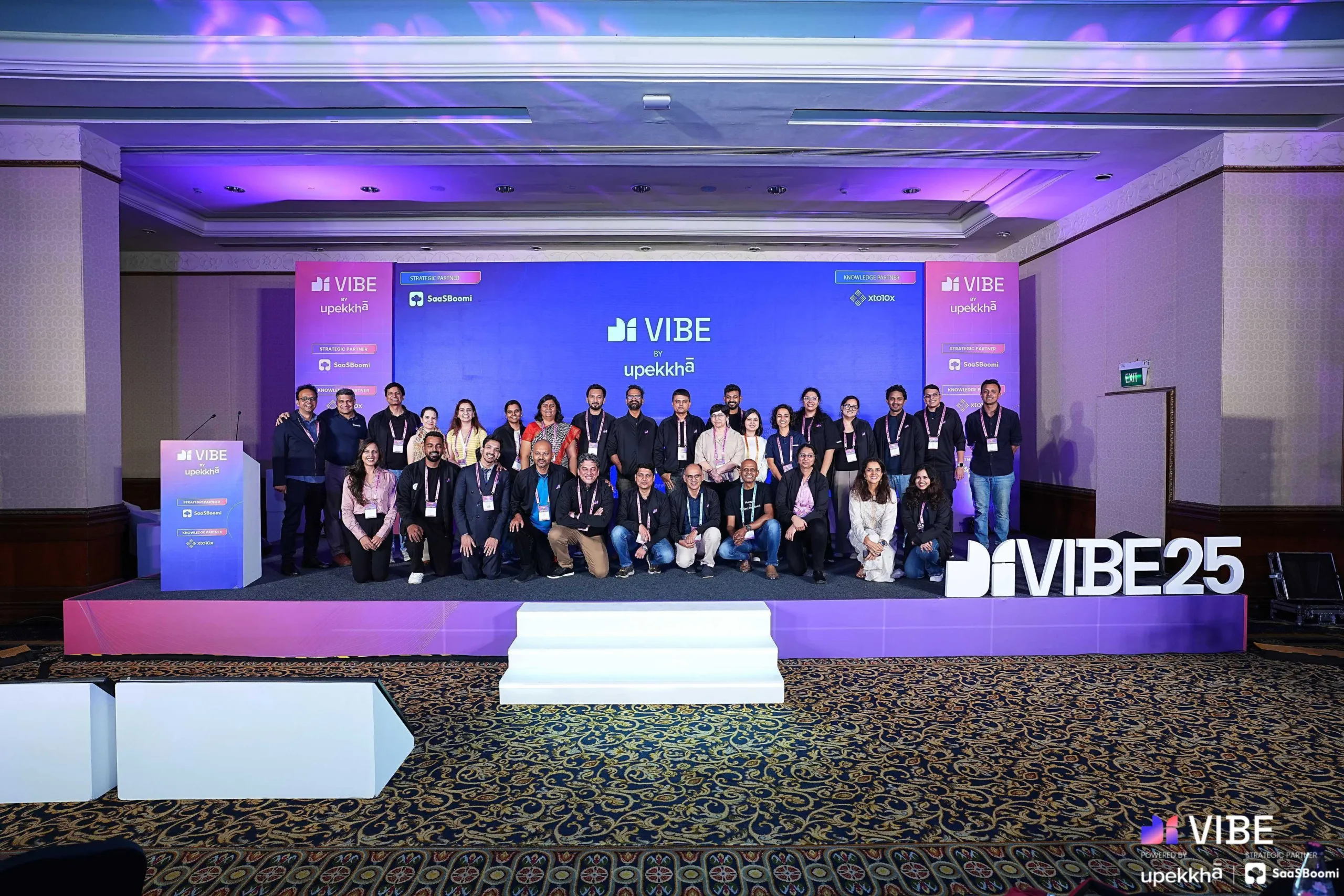
It’s easy to get excited about ideas. We’ve all been there, heady with the thrill of a brilliant concept that sounds great on paper. However, there’s a certain satisfaction that comes from transforming those concepts into tangible realities. That’s the true test – the moment an abstract vision takes on a life of its own.
For me, this became especially real earlier this month, as I played a key role from the SaaSBoomi side in the VIBE Summit 2025, organised by Upekkha, with SaaSBoomi as a strategic partner. I had helped with dozens of events before, but this was my first large-scale gathering at the helm. I had a meticulous plan for the summit, but one big question lingered: Could I pull it off? (Spoiler: I did, with a stellar team of volunteers as my rock.)
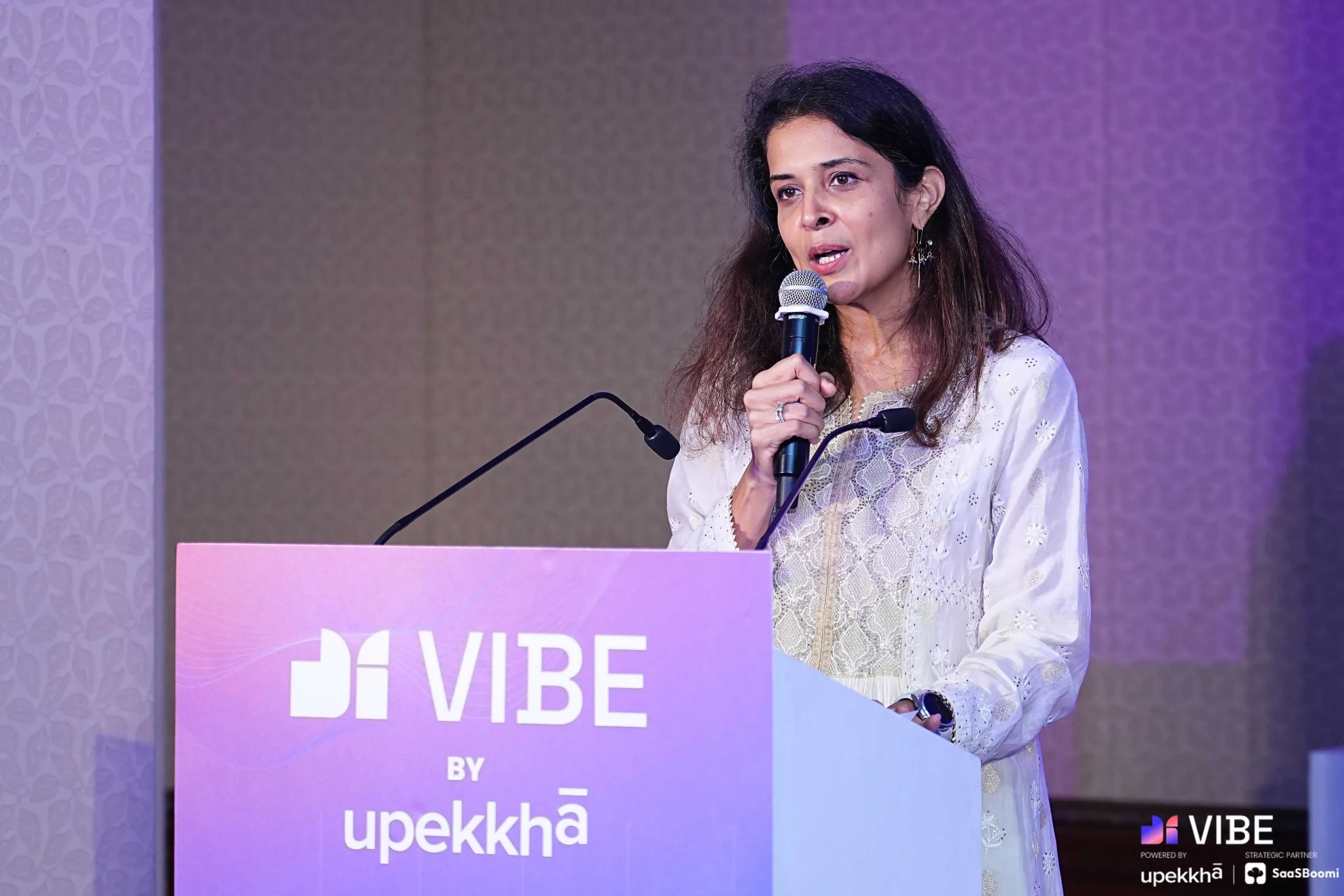
Until we did that, though, vertical AI felt much the same. It was a concept chock-full of potential, a buzzword echoing with exciting possibilities. Still, in the quiet moments of planning, the question popped up: Does it sound too good to be true? Would it remain a bit of speculation, or could we bring its possibilities to life for our community?
The journey from “what if” to “we did it” is where the magic and the learning really happened.
Problems meet solutions
Artificial intelligence is, in fact, a digital Silk Road. Think about it: Back in time, the Silk Road was a force winding and sweeping through the world, deciding the fortunes of economies and forming links between civilisations. Today, vertical AI represents that path of commerce, and India, with a generation of ingenious and driven founders, is at the centre of it all.
Numbers from a joint report by SaaSBoomi and 1Lattice point to an unbelievable opportunity: India’s domestic software market is set to become a $100 billion behemoth by 2035, with homegrown firms likely to capture up to 50% of the market. Not just outside, India can look within for exponential growth.
So far, the road may be less travelled, but it is already leading to exciting journeys. Upekkha has been on a quest to prove how startups can crack enterprise problems across BFSI, edtech, and even healthcare with vertical AI. That matched SaaSBoomi’s vision of opening more domestic doors for founders, and we were keen to be strategy partners on VIBE. You can read Aastha and Avinash’s lovely post about the birth of this collaboration.
But to get our hypothesis off the ground, we needed to get people to start building. So at the core of the summit was an electrifying 20-hour live coding sprint: VIBE Pilot, where founders not only built products but did so in real-time. They integrated direct, unfiltered feedback and data from industry CXOs.
This intense back-and-forth ended with founders presenting their solutions to industry leaders, who then scored them on viability and originality. The top three: CogniSwitch, Saffron Orbit, and Cimba.AI were crowned winners, but the bigger triumph was in establishing long-term connections. I am pleased to report that the hackathon, which was co-curated by Upekkha and SaaSBoomi, has already sparked meaningful discussions among companies, transforming demo-day ideas into potential real-world partnerships. In fact, three startups have POCs with five enterprises, while two others are executing pilots.
Insights from the sharpest folks with skin in the game
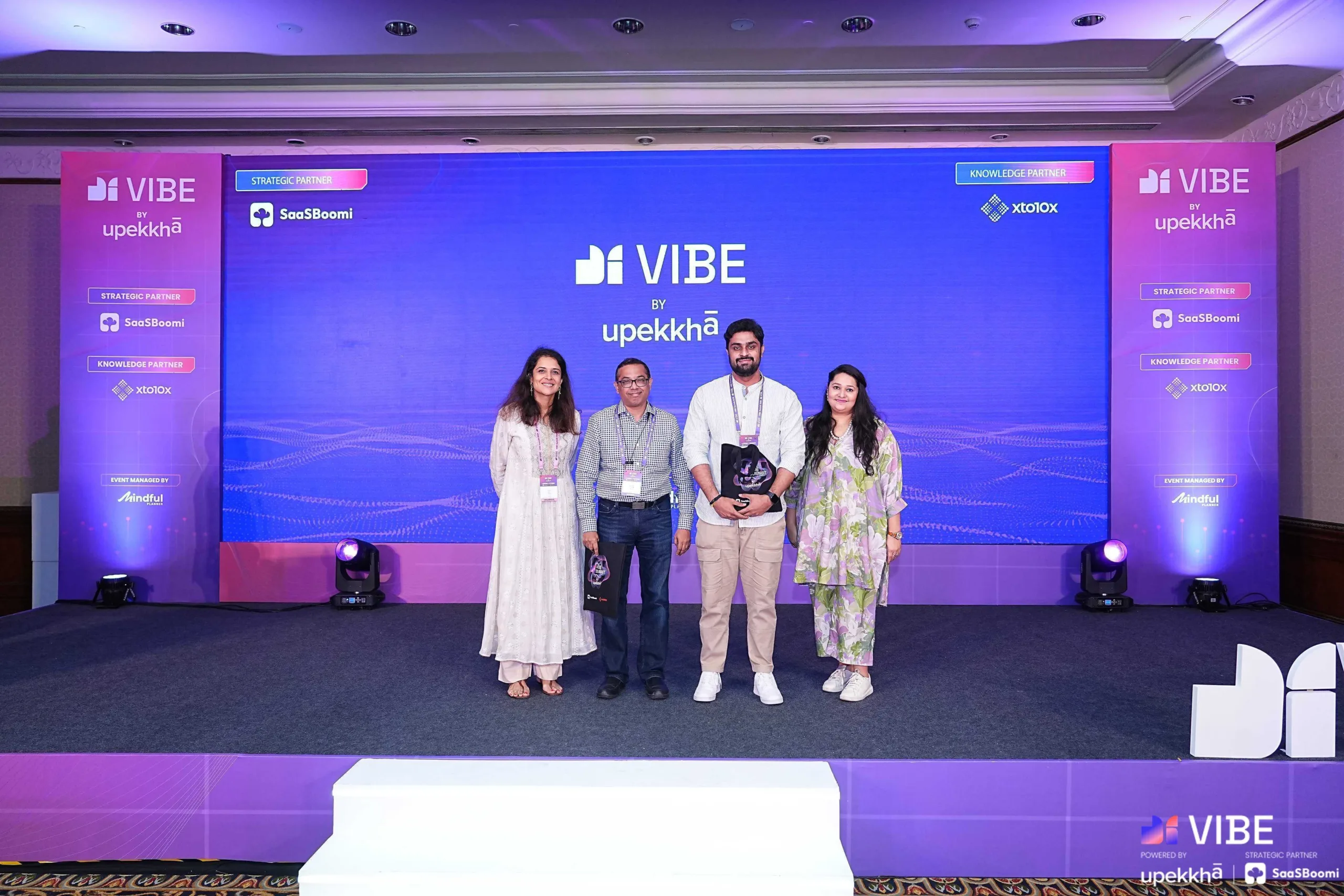
SaaSBoomi took charge of the Sangam enterprise-startup sessions on day two. For these talks, too, we had an actionable approach. The format focused on real implementation stories rather than abstract discussions. For instance, our session, From Handshake to Hyperscale, featured three enterprise and startup pairings: Exotel and HDFC Securities, LambdaTest and Swiggy, and Capillary Technologies and Optum.
Shekhar Kirani, Partner, Accel, delivered the opening talk about AI’s future in India. His point is honest and simple: India isn’t running the race to build models, but we will define how vertical AI gets deployed in the world’s messiest, most complex systems. This is our wedge, and our time.
His reasons for believing this are also straightforward: Indian engineers have been trained within broken systems to perfect debugging, claims reconciliation, and operational processes. At scale, no less. Shekhar explained this with actual cases, RapidClaims, Rocket, and Bridgetown, that demonstrate how co-creating and deploying AI-tailored SaaS can drive scale for all stakeholders.
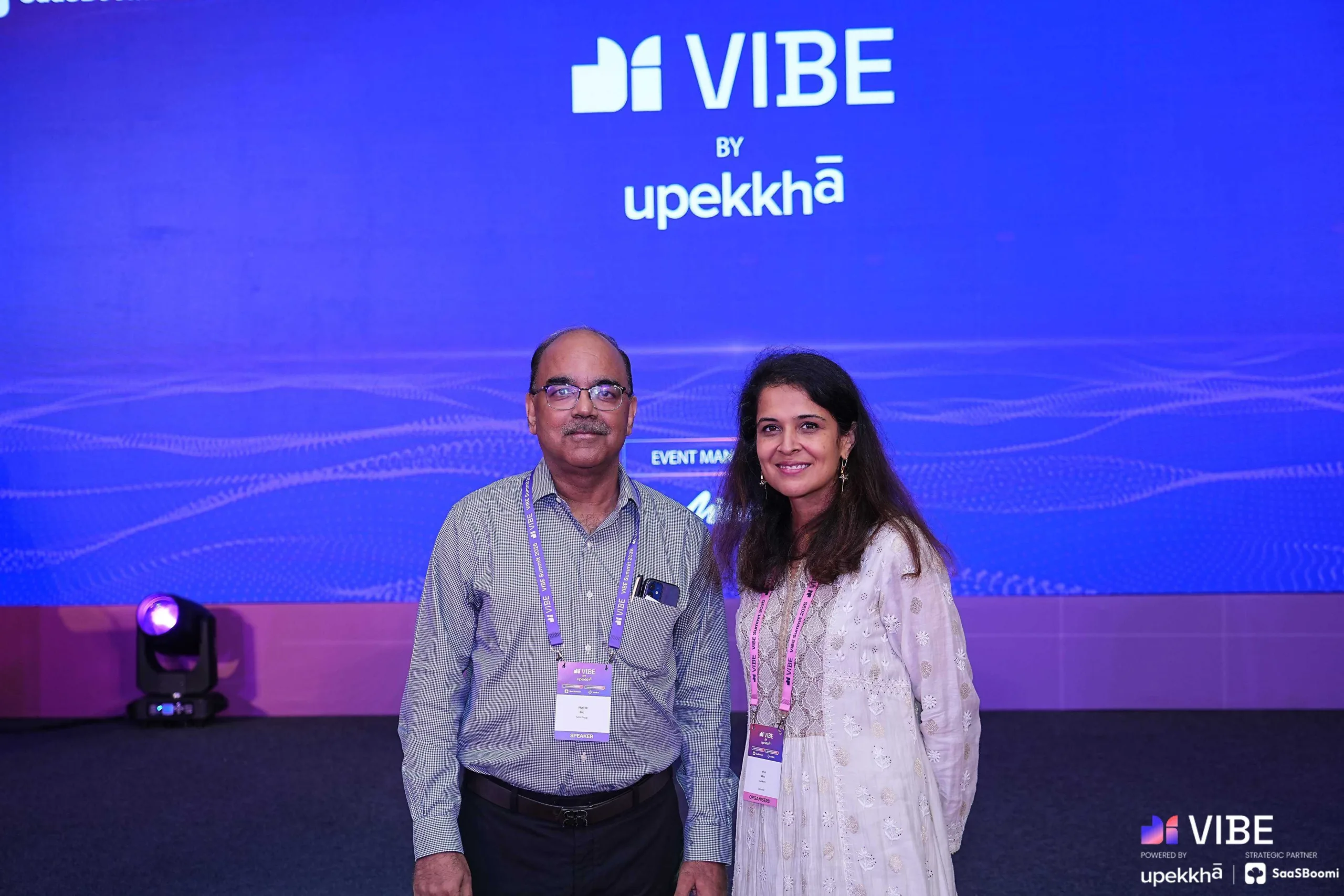
Pratik Pal from Tata Group followed with a keynote presentation. Tata is a fantastic example of the significant impact that can be achieved when this technology is quietly integrated into operations. Imagine generating a whopping 200,000 leads with a few pinpointed changes, or cranking out marketing content 30 times faster than before, and witnessing a substantial 20% increase in lead conversions.
Tata is doing it, and in some areas, Pratik says the conglomerate saw an 80% reduction in costs thanks to AI deployment. These are not pipeline expectations; they are active observations. This is India’s signal to lead.
Five game-changing takeaways
- To every founder building in this wave: The opportunity is unbelievable.
- AI = Intelligence as a service. Democratised. Plug-and-play. Yours to shape.
- Timing is everything. Marry the right technology with the right human layer, and you can build 5x faster, sharper, and smarter.
- Finally, for Indian founders: There’s never been a better time. The stage is global. The moment is ours.
The future is already happening. We cannot wait to see the trails blazed as startups and enterprises vibe together in this unprecedented flow of ideas and value.







